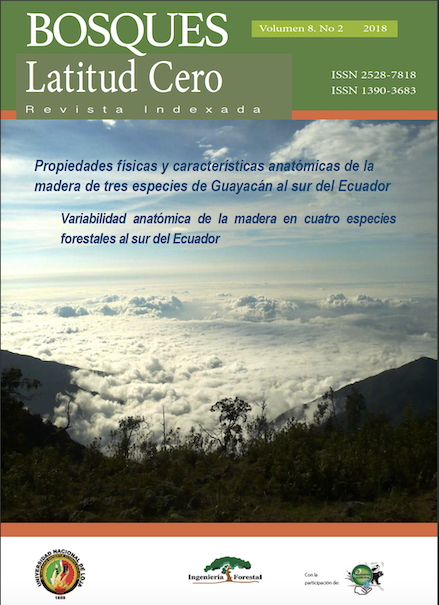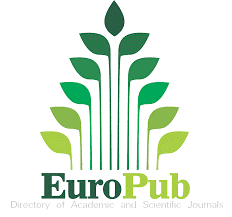Characterization of agricultural production systems under the irrigation channel Peribuela province of Imbabura, Ecuador
Keywords:
production systems, water, monocultures, soilAbstract
With the implementation of the Peribuela irrigation channel, different agricultural production systems were established, based on the irrigation systems used, with which a base line of information is established on the peculiarities of the production systems. The objective of the study was to characterize the irrigation channel and the production systems in the community of Peribuela, aerial photography was used by a drone and descriptive analysis using geographic information systems with the software Argis 10.3. In addition, the interview technique was applied to key actors in the irrigation channel. As results, the most relevant in the infrastructure of the irrigation canal is its concrete coating with a length of 5,3 km and a slope of 26% that generates a flow per farm of 15 l/s. In production systems, monocultures stand out: tree tomato, corn and beans, which represents 69% of the total area benefited by the canal; there is low crop rotation and irrigation systems are by gravity. These production systems degrade the soil and there is no irrigation water optimization causing a negative impact on the environment. The agricultural production systems in the community are not sustainable.References
Altieri, M. (1999). Bases científicas para una agricultura sustentable. Montevideo: Nordan Comunidad.
Altieri, M. A. y Nicholls, C. I. (2012). Agroecología: única esperanza para la soberanía alimentaria y la resiliencia socioecológica.
Ilustre Municipio de Santa Ana de Cotacachi. (2011). Plan de Desarrollo y Ordenamiento Territorial 2012-2032.
Martínez, S., Mercedes, M., Ortega Blu, R., Santibáñez, Q., y Vergara, C. (2015). Prácticas conservacionistas de suelo y agua y sus efectos adaptativos sobre los impactos del cambio climático en el secano de Chile.
Ministerio de Agricultura, Ganadería, Acuacultura y Pesca. (2013). Recuperado de: http://www.agricultura.gob.ec/tecnicos-del-magap-se-capacitaron-en-cambio-climatico/
Naranjo, M. (2008). Ecuador: análisis de la contribución de los programas sociales al logro de los Objetivos del Milenio.
Organización de las Naciones Unidas para la Alimentación y la Agricultura FAO. (2013). La FAO salvaguarda el medio ambiente mundial. Adaptación de la agricultura al cambio climático.
Padilla, L. M., Puebla, J. A. M., y Ceballos, S. E. (2015). Orden jurídico e institucional para la adaptación y mitigación del impacto del cambio climático sobre los humedales costeros del sur de Tamaulipas, México. Política y Jurídica, 2(3).
Padilla, H. F. H. C. (2016). Objetivos de Desarrollo Sostenible. Revista Universidad de La Salle, (70), 7-11.
Sampieri, R., Fernández, C., Baptista, M. (2010). Metodología de la Investigación. Quinta Edición. Mcgraw-Hill / Interamericana Editores, s.a. de c.v. México.
Secretaría Nacional del Agua SENAGUA. (2013). Gestión de recursos hídricos en el Ecuador Demarcación hidrográfica de Puyango Catamayo.
Villanueva Ramírez, R. (2011) Medidas de adaptación frente al cambio climático en la cuenca del río Santa. Recuperado de: https://portals.iucn.org/library/sites/library/files/documents/2011-089.pd
Downloads
Published
How to Cite
Issue
Section
License
Copyright (c) 2018 Bosques Latitud Cero

This work is licensed under a Creative Commons Attribution-NonCommercial-ShareAlike 4.0 International License.
This work is published under the Creative Commons Attribution-NonCommercial-ShareAlike 4.0 International (CC BY-NC-SA 4.0) license. This means that users may copy, distribute, and adapt the content, provided that proper credit is given to the authors and the journal. Commercial use of the material is not permitted. Additionally, any derivative work must be distributed under the same license. This license ensures open access to knowledge, promoting the dissemination and reuse of published works for non-commercial purposes, respecting authorship, and ensuring the free circulation of content under fair terms.





























